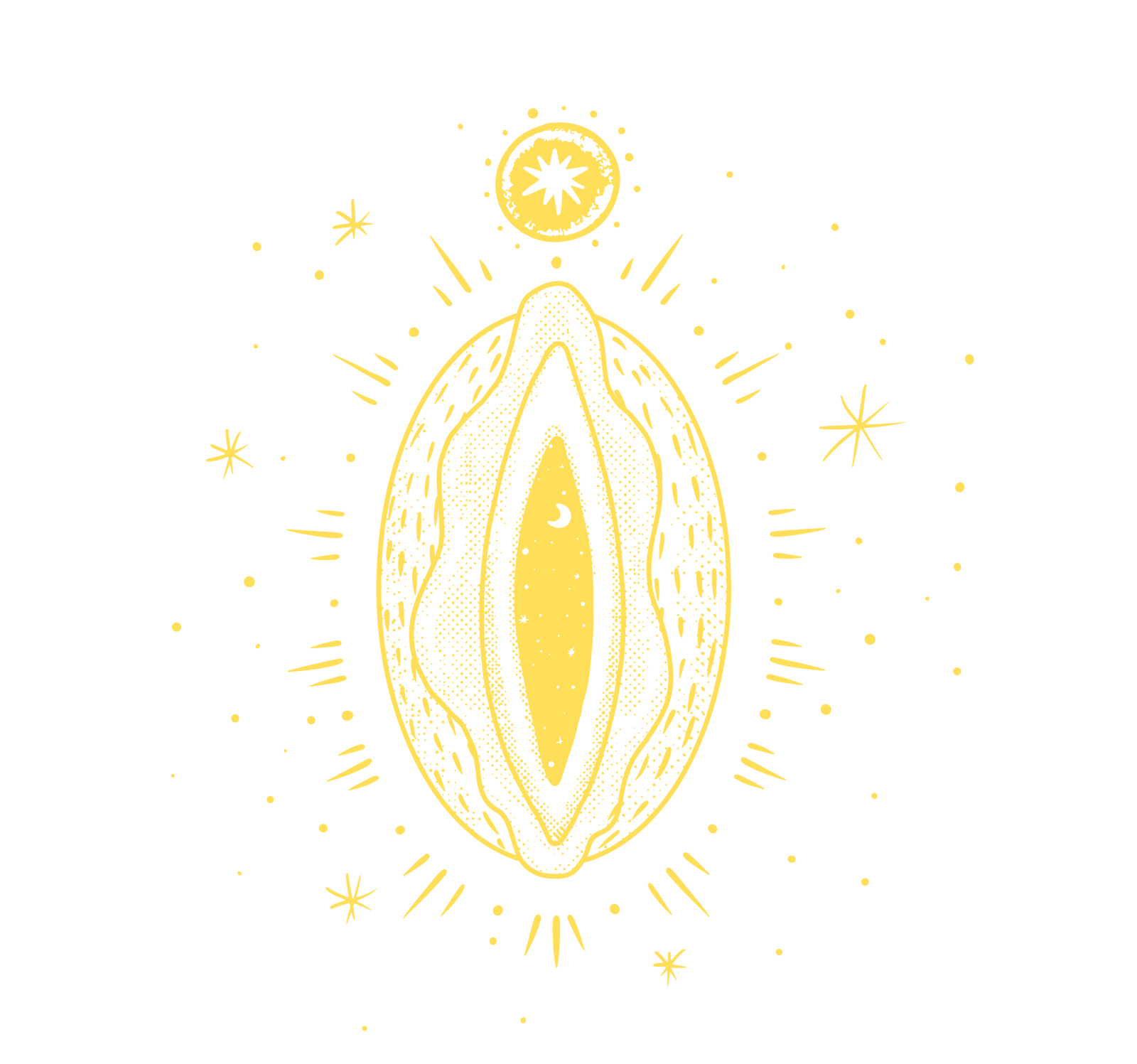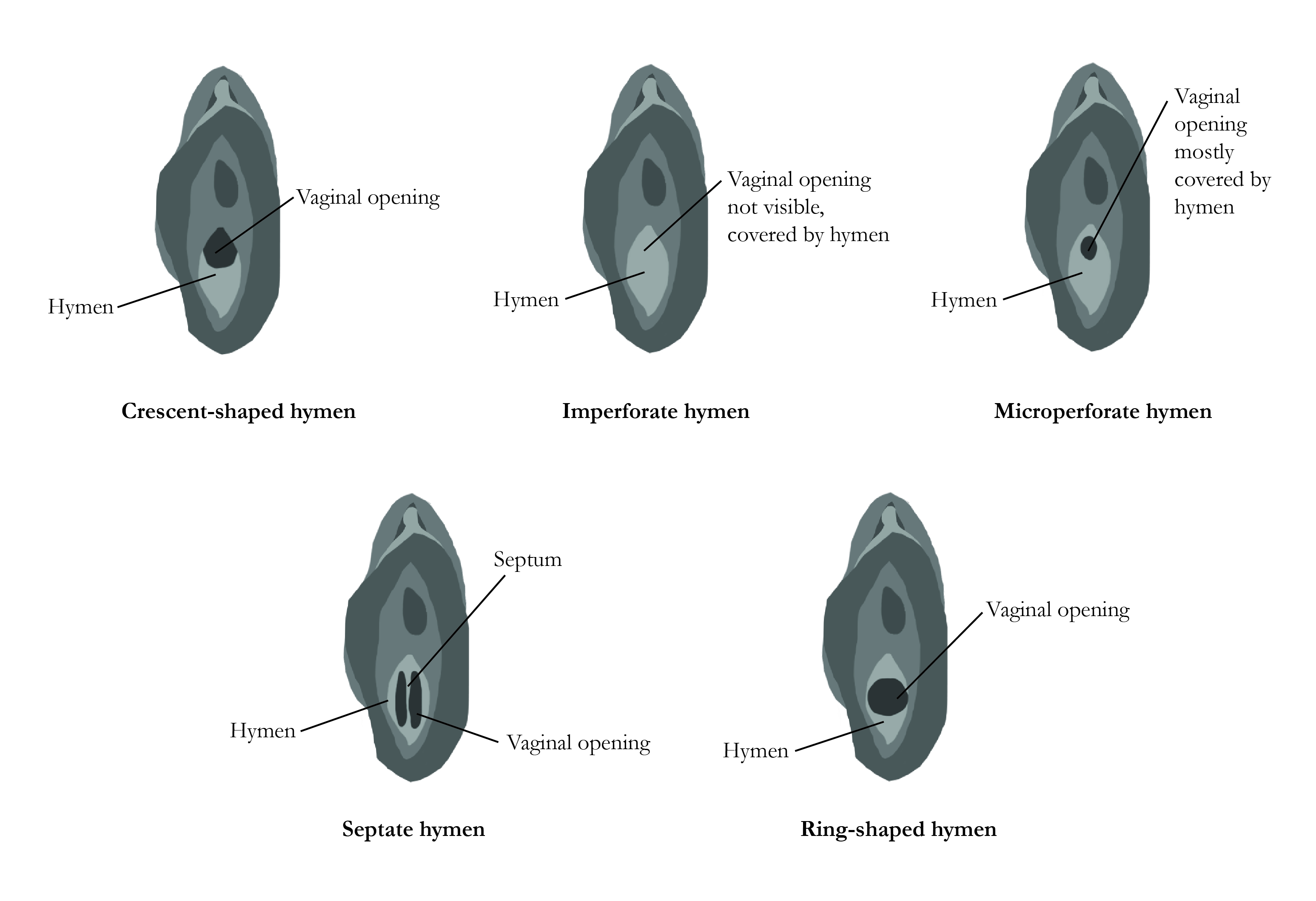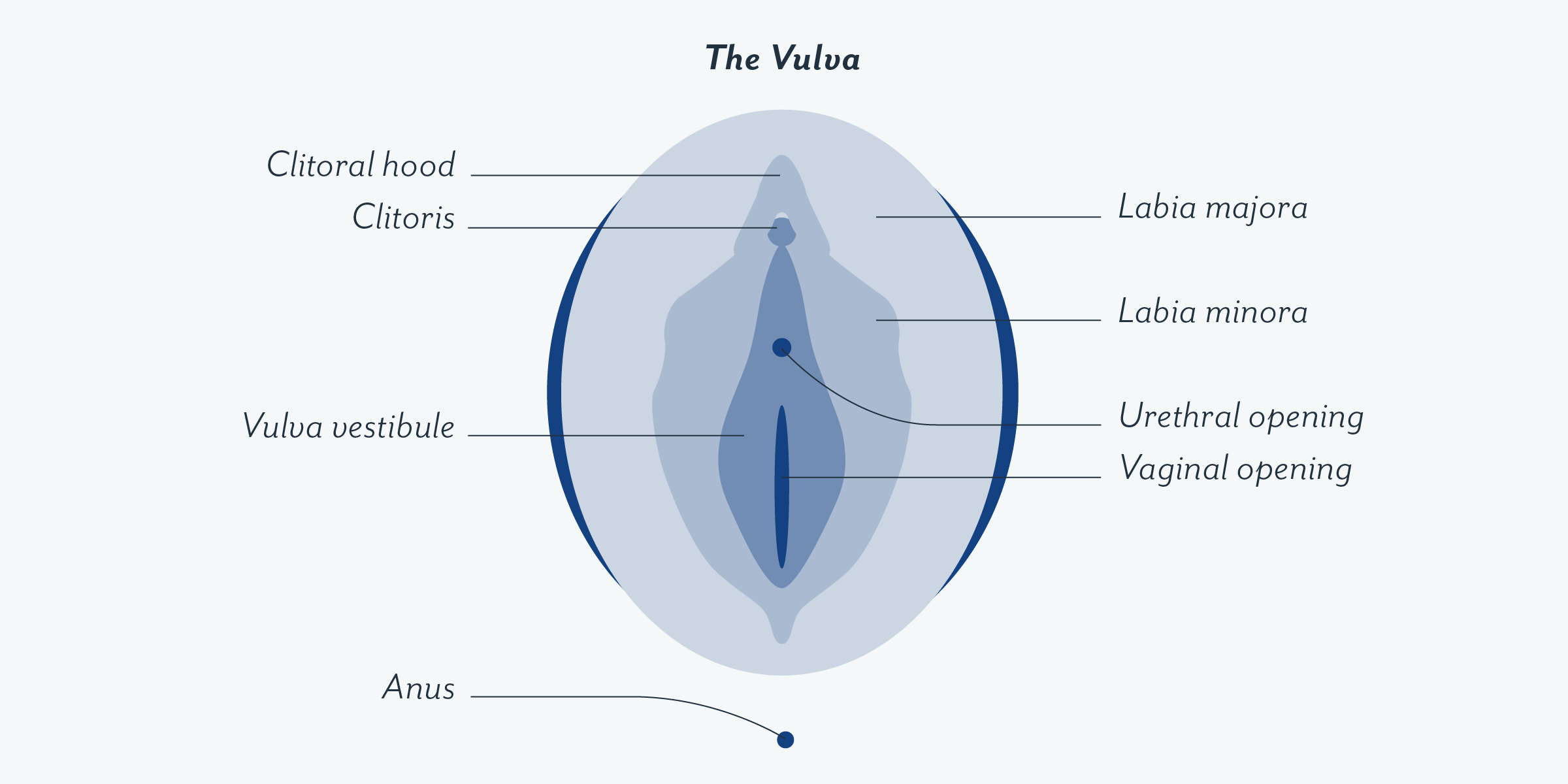When it comes to understanding the female body, there's a lot of talk about innie vs outie vaginas. And let's be real, it's a conversation worth having. Every woman's body is unique, and there's no one-size-fits-all when it comes to how things look down there. So, buckle up because we're diving deep into the world of innies and outies, and why it's all good. No judgment, just pure facts and a little bit of fun.
You might have heard the term "innie vs outie" before, but did you know it applies to vaginas too? It's not just about belly buttons anymore. This concept is all about how the labia minora and majora sit in relation to the body. Some women have labia that tuck neatly inside, while others have labia that extend outward. And guess what? Both are totally normal. Let's explore why this diversity is something to celebrate.
As we journey through this topic, you'll discover that there's no right or wrong when it comes to how your body looks. The goal here is to educate, empower, and most importantly, normalize the conversation around female anatomy. So, whether you're an innie, an outie, or somewhere in between, this article is for you. Let's get started!
- 1101 W Mckinley Avenue Pomona Ca Your Ultimate Guide To This Iconic Location
- Jail Log St Augustine Fl The Inside Scoop You Need To Know
What Exactly Are Innie and Outie Vaginas?
Let's break it down, shall we? An innie vagina refers to labia minora that sit mostly inside the labia majora. On the other hand, an outie vagina features labia minora that extend beyond the labia majora. Both variations are completely normal and natural. The key takeaway here is that there's no universal standard for what a vagina should look like. It's all about embracing your unique body.
Now, here's the thing: the terms "innie" and "outie" are more about societal perception than medical classification. Doctors don't typically use these terms, but they can be helpful in starting conversations about body positivity and self-acceptance. So, if you've ever wondered whether your vagina falls into one of these categories, know that it's perfectly okay either way.
Why Does This Difference Exist?
Genetics play a huge role in determining whether you're an innie or an outie. Just like how some people have curly hair while others have straight hair, the structure of your labia is influenced by your DNA. Hormonal changes during puberty and throughout life can also affect the appearance of your labia. So, if you notice changes over time, don't panic. It's all part of the natural process.
- Pawn Stars Chick The Ultimate Guide To The Stars Behind The Counter
- Murder Scene Sharon Tate The Untold Story That Shook The World
Another factor to consider is the incredible diversity of human bodies. No two vaginas are exactly alike, and that's something to celebrate. Whether your labia are symmetrical or asymmetrical, long or short, they're uniquely yours. Embrace it!
Debunking Myths About Innie vs Outie Vaginas
There are plenty of myths floating around about innie and outie vaginas, and it's time to set the record straight. One common misconception is that outie vaginas are more prone to infections or hygiene issues. This simply isn't true. Proper hygiene practices are the same for everyone, regardless of whether you're an innie or an outie.
Another myth is that one type is more attractive than the other. Newsflash: beauty is subjective, and there's no universal standard for what makes a vagina "attractive." At the end of the day, your body is your own, and you should feel confident in it, no matter what it looks like.
- Myth: Outie vaginas are less hygienic. Reality: Proper hygiene is key for everyone.
- Myth: Innie vaginas are more "normal." Reality: Both variations are completely normal.
- Myth: One type is more desirable. Reality: Beauty is subjective, and all vaginas are beautiful.
Hygiene Tips for All Vaginas
No matter whether you're an innie or an outie, maintaining good hygiene is important. Here are some tips to keep things fresh and healthy:
- Wash with warm water and a gentle, fragrance-free soap.
- Avoid harsh chemicals and douches, which can disrupt the natural pH balance.
- Wear breathable cotton underwear to keep things dry and comfortable.
- Change out of wet swimsuits or workout clothes as soon as possible.
Embracing Your Unique Body
Self-acceptance is a journey, and understanding your body is a big part of that. Whether you're an innie, an outie, or somewhere in between, it's important to love yourself exactly as you are. Remember, your body is unique, and that's something to celebrate. There's no "perfect" way for a vagina to look, so don't let societal standards dictate how you feel about yourself.
Here are a few tips for embracing your body:
- Practice positive self-talk and affirmations.
- Surround yourself with body-positive influences.
- Focus on what your body can do, not just how it looks.
- Seek support from friends, family, or a therapist if you're struggling with body image issues.
The Role of Media in Shaping Perceptions
Let's talk about the media's influence on how we perceive our bodies. For years, mainstream media has perpetuated unrealistic beauty standards, often showcasing edited images that don't reflect reality. This can lead to feelings of inadequacy and self-doubt. However, the tide is turning. More and more people are speaking out about body positivity and encouraging others to embrace their uniqueness.
As you navigate the world of social media and pop culture, remember that not everything you see is real. Filters and editing tools can create an illusion of perfection, but behind the scenes, everyone's body is unique and beautiful in its own way.
Health Concerns and When to Seek Help
While innie and outie vaginas are both normal, there are certain health concerns to be aware of. If you experience pain, discomfort, or notice any unusual changes, it's important to seek medical advice. A healthcare professional can help determine whether there's an underlying issue that needs to be addressed.
Some common concerns include:
- Pain during intercourse
- Unusual discharge or odor
- Itching or irritation
- Changes in skin color or texture
When to See a Doctor
If you're experiencing any of the symptoms listed above, or if you're simply unsure about something, don't hesitate to make an appointment with your healthcare provider. They can offer guidance and reassurance, and help you understand what's normal and what's not. Remember, there's no shame in seeking help when you need it.
Body Positivity and the Innie vs Outie Debate
The innie vs outie conversation is a great opportunity to talk about body positivity. In a world where unrealistic beauty standards often dominate, it's important to celebrate diversity and uniqueness. Every body is different, and that's what makes us human. Whether you're an innie, an outie, or somewhere in between, your body deserves love and respect.
Here are a few ways to practice body positivity:
- Follow body-positive influencers on social media.
- Engage in activities that make you feel good about yourself.
- Surround yourself with supportive people who uplift you.
- Challenge negative thoughts and replace them with positive affirmations.
The Importance of Education
Education is key when it comes to understanding and accepting our bodies. By learning more about the innie vs outie debate, you're taking an important step toward self-acceptance and body positivity. Knowledge empowers you to make informed decisions about your health and well-being, and helps you feel more confident in your own skin.
Conclusion: Celebrating Diversity in Female Anatomy
As we wrap up this conversation about innie vs outie vaginas, remember that diversity is something to celebrate. Every woman's body is unique, and there's no one-size-fits-all when it comes to how things look down there. Whether you're an innie, an outie, or somewhere in between, your body is beautiful and worthy of love and respect.
So, what can you do next? Start by embracing your body exactly as it is. Practice self-care, seek out positive influences, and don't be afraid to ask questions or seek help when you need it. And most importantly, share this knowledge with others. The more we talk about these topics, the more we can break down stigmas and promote body positivity.
Now it's your turn! Leave a comment below and let us know what you think about the innie vs outie debate. Are you an innie, an outie, or somewhere in between? Share your thoughts and experiences, and help us continue the conversation.
Table of Contents
- Innie vs Outie Vagina: Understanding the Unique Beauty of Female Anatomy
- What Exactly Are Innie and Outie Vaginas?
- Why Does This Difference Exist?
- Debunking Myths About Innie vs Outie Vaginas
- Hygiene Tips for All Vaginas
- Embracing Your Unique Body
- The Role of Media in Shaping Perceptions
- Health Concerns and When to Seek Help
- When to See a Doctor
- Body Positivity and the Innie vs Outie Debate
- The Importance of Education
- Conclusion: Celebrating Diversity in Female Anatomy
- Chris Niosi The Man Behind The Lens Who Captures Lifersquos Brightest Moments
- Top Picks For Hotels In Vegas With 2 Bedrooms Your Ultimate Staycation Guide


